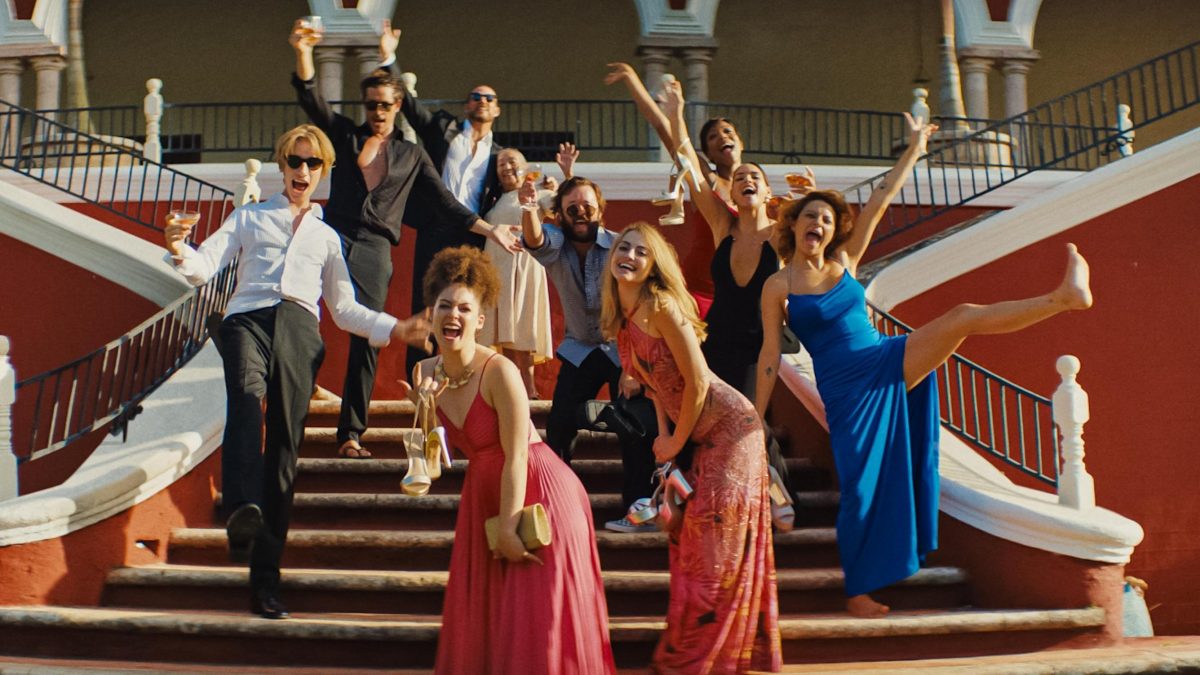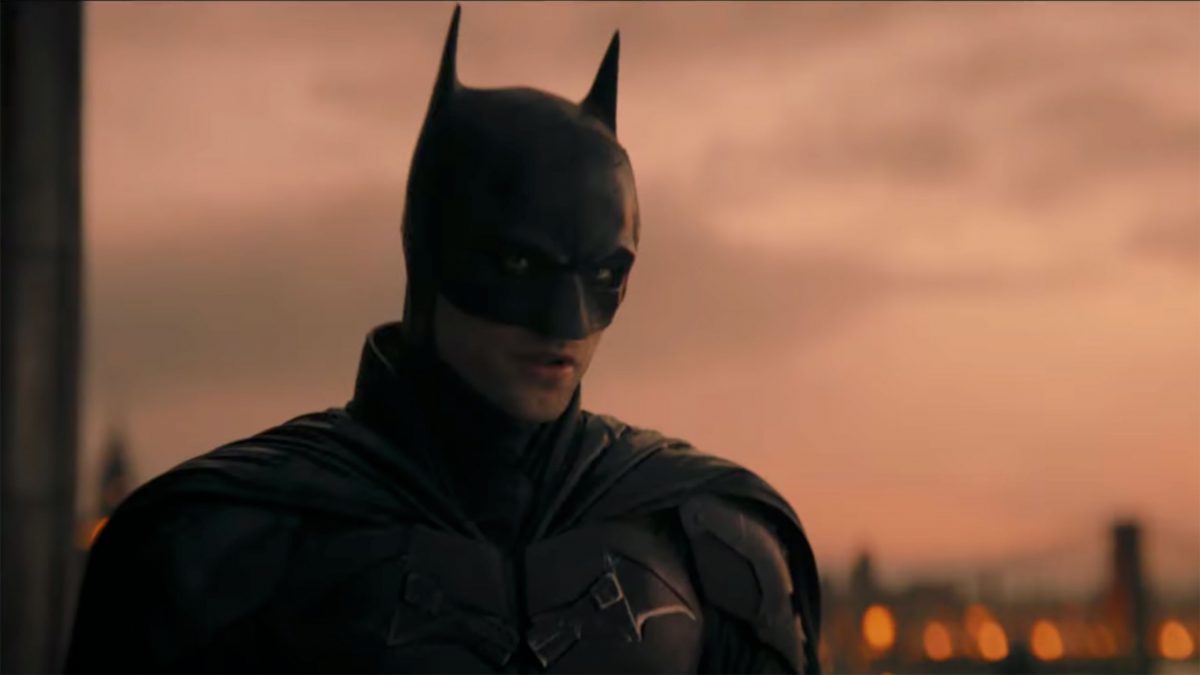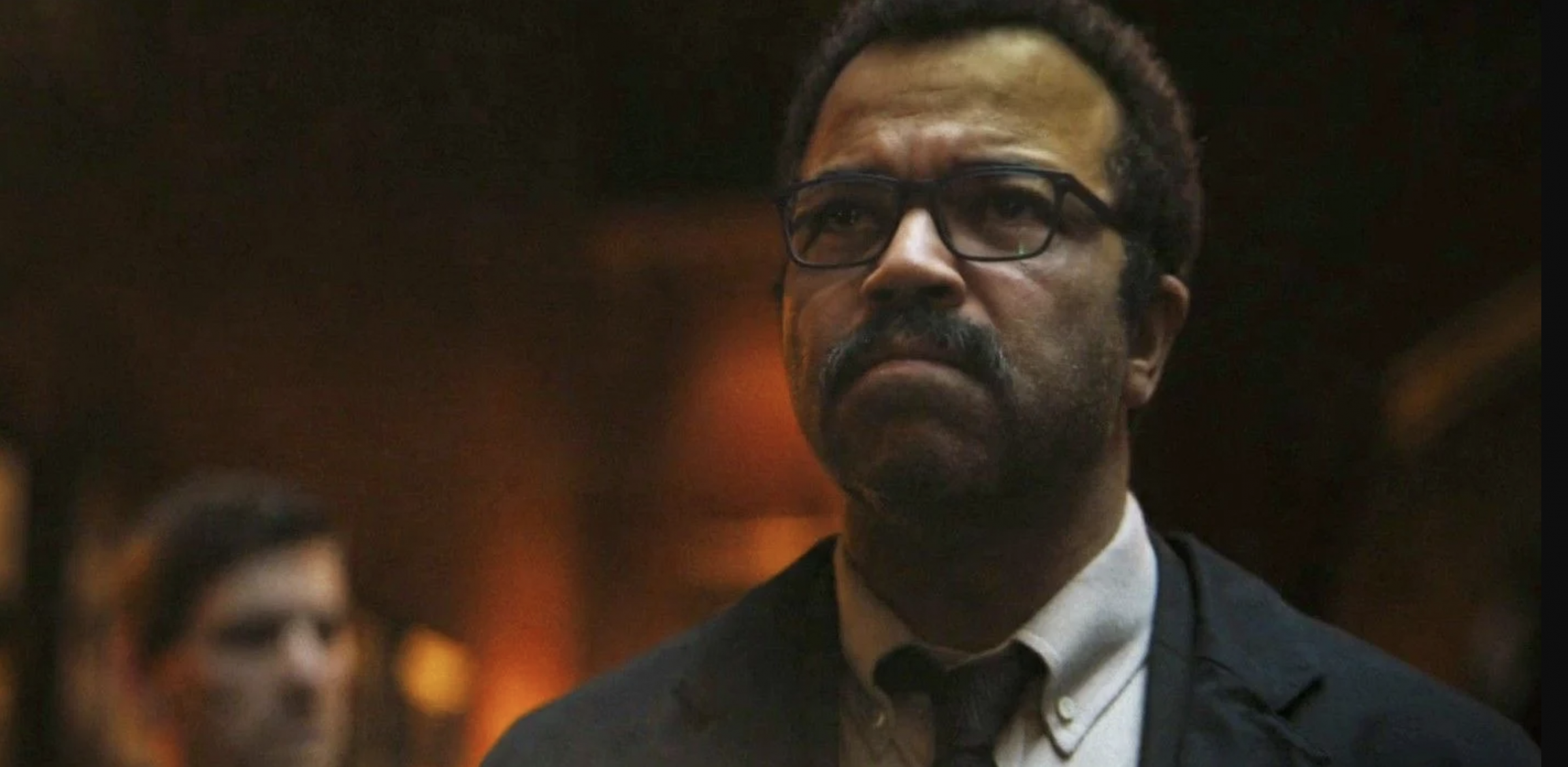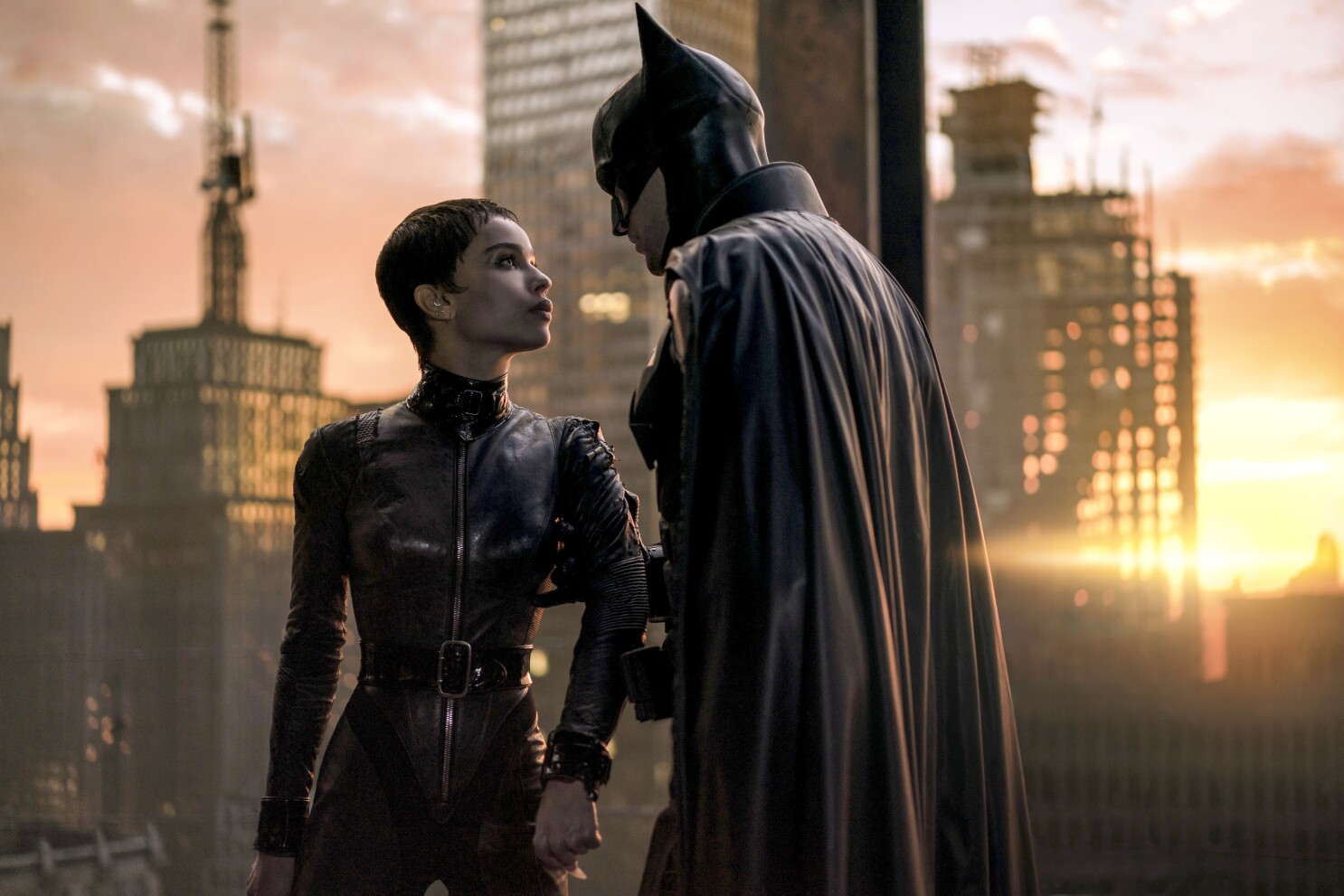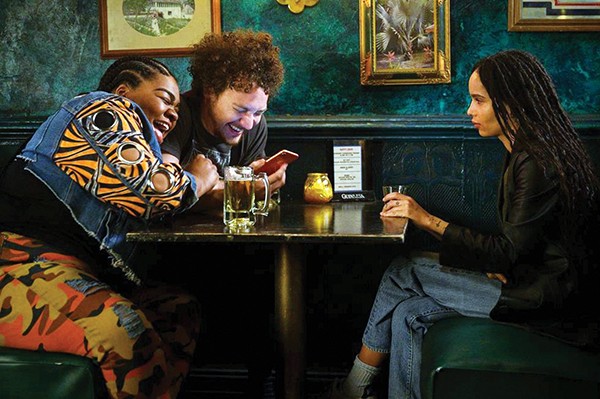Summer blockbuster season is winding down, but that doesn’t mean you’re at a loss of things to watch this weekend. Let’s get to it.
Underwater Projects
Tonight, Friday August 23, a very special screening is happening at the National Civil Rights Museum. Underwater Projects is a film sponsored by the Hip Hop Caucus about the Norfolk, Virginia, area’s problems with climate change and the impacts on the historically disadvantaged Black population around the world’s largest naval base. The event will include a panel discussion and Q& A with Rep. Justin J. Pearson, newly elected Shelby County General Sessions Court Clerk Tami Sawyer, Councilwoman Dr. Michalyn Easter-Thomas, Founder and CEO of the Hip Hop Caucus Rev. Lennox Yearwood, Jr., and the Hip Hop Caucus’ COO Liz Havestad. You can register for the event at Eventbrite.
Sing Sing
Coleman Domingo stars as John “Divine G” Whitfield, an inmate at New York’s infamous Sing Sing prison, who starts a theater program for his fellow incarcerated people. The program has an unexpected effect on the prisoners, giving them a new outlook on life and inspiring them to mount their own original production, Breakin’ The Mummy’s Code. Writer/director Greg Kwedar’s film is based on a true story and stars several people who were actually members of Sing Sing’s theater troupe.
Blink Twice
Zoe Kravitz makes her directorial debut with this psychological thriller. Naomi Ackie stars as Frida, a waitress in a high-end cocktail bar who hooks up with a billionaire tech mogul, played by Channing Tatum. But when he invites her and her bestie (Adria Arjona) to a week-long party at his private island, things start to get weird. Christian Slater, Haley Joel Osment, Alia Shakat, Geena Davis, and the great Kyle MacLauchlin round out the packed cast.
The Crow
After 16 years of development hell, director Rupert Sanders’ adaptation of the seminal ‘90s gothic comic book finally hits the big screen. Bill Skarsgard stars as Eric, a rocker who dies defending his fiancee Shelly (FKA Twigs) from attackers sent by Vincent (Danny Huston). Then, he is resurrected by the god Kronos (Sami Bouajila), who sets him on a mission of revenge and justice.
Made In England: The Films of Powell and Pressburger
If you watch The Red Shoes or A Matter of Life and Death (aka Stairway to Heaven) and think, “Wow, they don’t make ’em like that any more!”, well, you’re right! The partnership of British filmmakers Michael Powell and Emeric Pressburger managed to create some of the most indelible images of the postwar period — the truth is nobody made ’em like that! Their relentless creativity was a big influence on Martin Scorsese, who narrates this documentary about the directing duo which will screen at Crosstown Theater on Thursday, August 29 at 7 pm.
